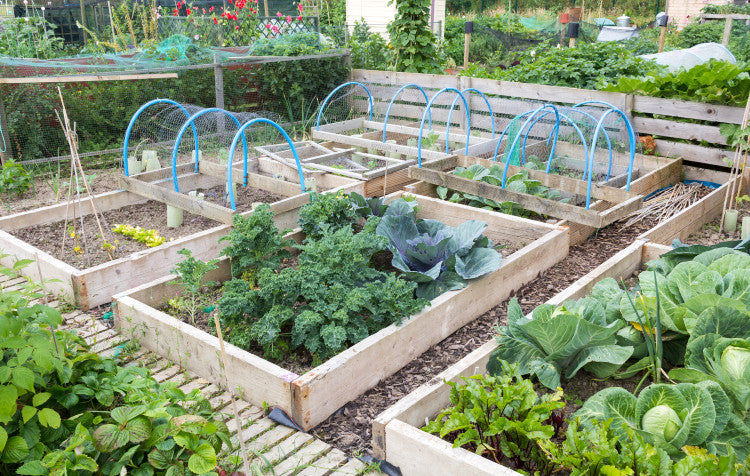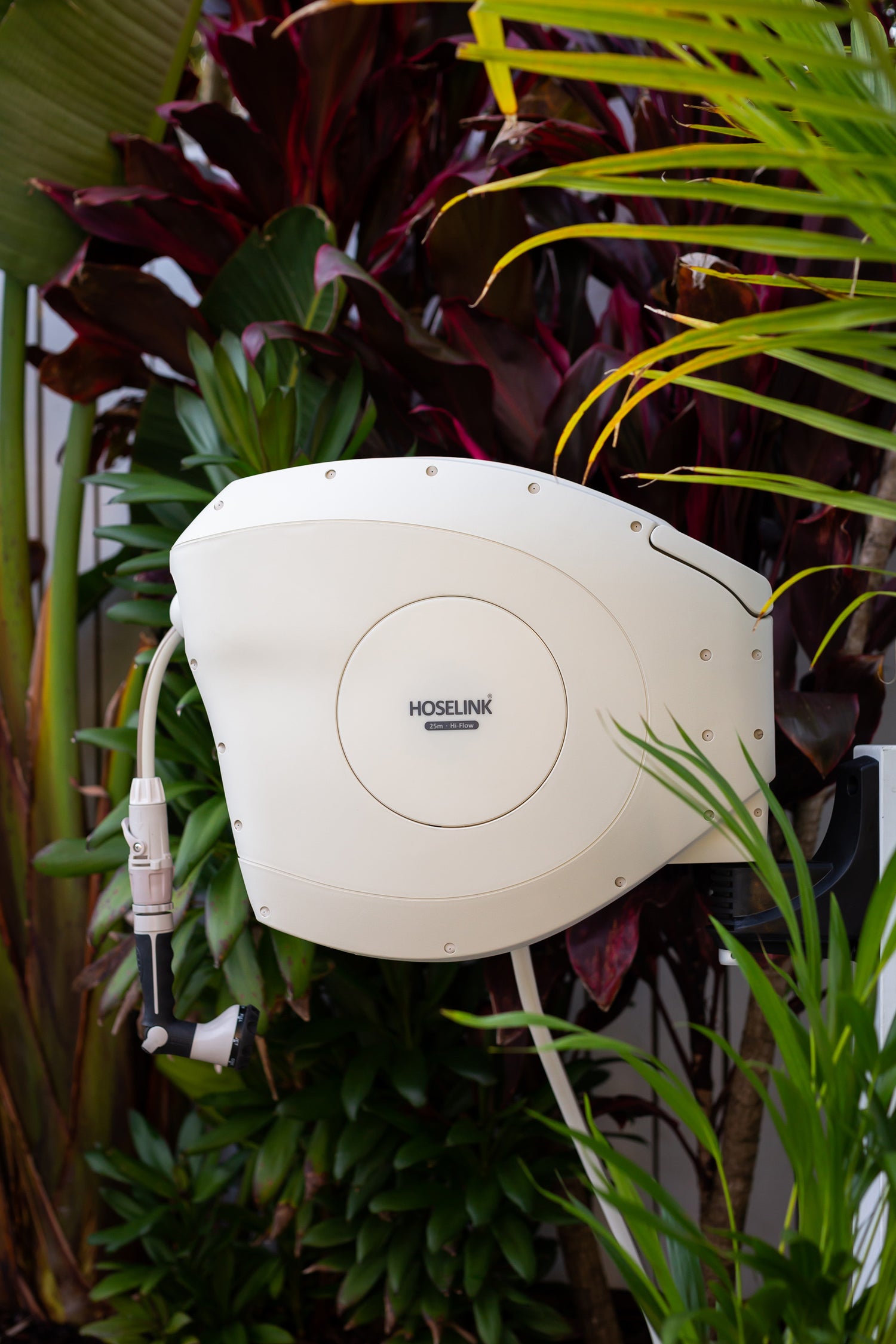Organic fruit and vegetables are incredibly popular at the moment, but you don’t need to rely on store-bought, expensive produce. Anyone can create their own organic garden! Simply put, organic farming is part of a shift towards production that is socially, environmentally, and economically sustainable. Organic gardening is a great way to produce fresh fruit and vegies using sustainable, natural, toxin-free methods.
Careful planting, crop rotation, watering and composting are just some tactics which can minimise the effect of pests and ensure you create a healthy crop that isn’t reliant on pesticides and fertilisers.
This article will take you through the basics of establishing your organic garden, and provide a few key tips to ensure you’re harvesting your first organic crop in no time!
Positioning

First things first, you need to decide where you will locate your vegie patch. Aside from the regular concerns about sunlight and drainage for growth, where you establish your vegetable garden will have an effect on pests and weeds. Find a spot that gets at least 6 hours of sunlight per day and is well-draining. The area should also be well-ventilated, which will prevent pests attracted by high humidity.
A great thing to do before planting is to test the pH and nutrient levels of your soil. It sounds complicated, but it’s fairly simple and can save you a lot of hassle later. There are some easy DIY options available, or alternatively you can buy a kit from a gardening centre.
Soil that is too acidic or alkaline can be neutralised and enriched using a variety of methods, including introducing more compost. Alternatively, you can create a raised bed garden, or try a ‘lasagne’ garden. Another option would be planting vegetables more suited to your conditions.
Crop rotation

Pests and disease can be big problems in vegetable gardens, and one of the key problems people have with organic gardens is the lack of pesticides. How can you prevent pests without using chemicals? One method is crop rotation – planting similar plants together in the same garden bed and then rotating beds each year. Closely related plants are affected by many of the same pests and diseases, so moving them each year helps prevent the build-up of disease. Crop rotation works threefold:
1. It minimises pests
2. It helps prevent nutrient depletion in soil
3. It helps to reduce the spread of soil-borne diseases
Have a think about which fruits and vegetables you’re trying to grow, and select your beds and companion plants accordingly. For example, you could have four beds in your garden one containing legumes, the second brassicas, the third alliums and the final one root vegetables.
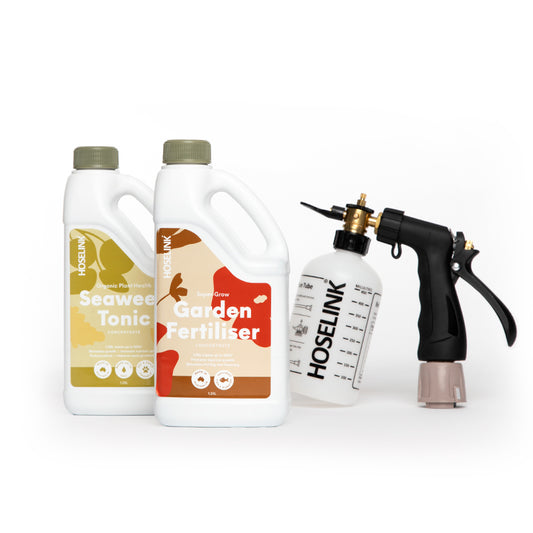
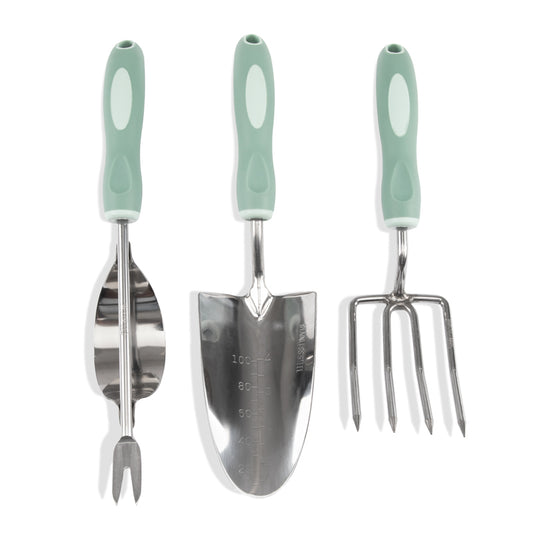
Compost

There is no quick fix for soil that is lacking nutrition, so don’t reach for chemical fertilisers which will do more damage than good in the long run. Instead, keep composting and manuring regularly. Creating your own compost is simple, and puts household waste to great use rather than sending it to landfill.
Heat and time allow layers of organic material to decompose, providing a nutrient-rich food for your garden. If you have a good supply of compost you can do away with store-bought fertilisers. Contrary to popular belief, compost doesn’t just consist of fruit and vegetable scraps from the kitchen. Coffee grounds, eggshells, tea bags, leaves, twigs, grass clippings and even shredded paper can go into your compost bin.
Most soils are rich enough in nutrients that you probably won’t need to fertilise your garden. However, your vegetables will grow faster and yield better crops if you do use some form of fertiliser. When choosing a fertiliser, go for pre-packaged organic material, fish or seaweed-based liquid fertilisers, or manure from herbivorous animals. You definitely don’t want to be using manure from meat-eating animals!
Mulch

Mulching has to be one of the easiest ways to give your garden a boost. Not only does mulching retain moisture in the soil and keep it cool in the hotter months, it’s also a natural weed suppressant and fertiliser. By maintaining a steady amount of moisture in the soil, fertiliser helps keep plants healthy and ultimately more capable of resisting insects and diseases.
Mulching works in two ways to reduce weeds. Firstly, mulching deprives weeds of the sunlight which they need to germinate, stopping them in their tracks. Secondly, weeds love bare dirt, which is ideal for germination. So preventing any contact with soil through thorough mulching will stop that!
There is a range of fantastic mulches available, and it is important when selecting a mulch to establish what your garden needs from it. Certain types will lock moisture into the soil and prevent weeds over a long period of time without providing much fertilisation, whereas others are great sources of nutrition but break down quickly. For example, bark chips last for a long time and are great at insulating soil but do not really break down. A benefit of this, of course, is that you won’t need to replenish your supply very often! Alternatively, you can try chopped leaves, grass clippings, pine needles, straw and cocoa hulls (bear in mind they’re the most expensive option) which will all break down and act as fertilisers.
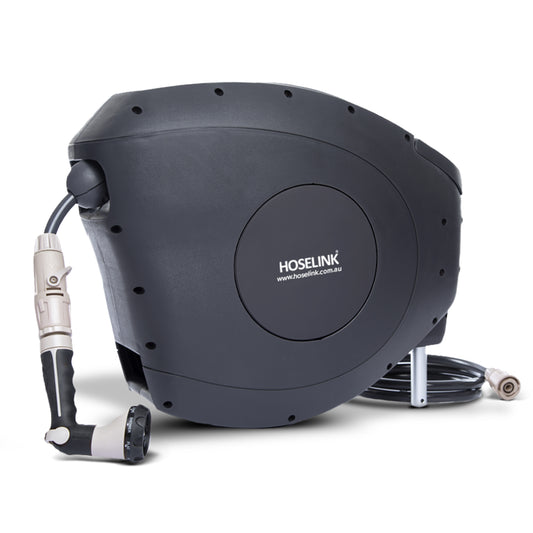
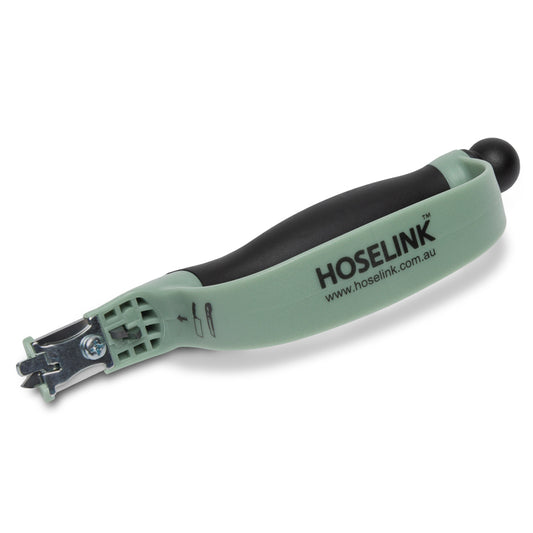
Plants

Now that you have your soil sorted, it’s it time to select the right plants. As discussed earlier, practising crop rotation is a great way to minimise pests and disease so try to stick to that guide when selecting your plants. Additionally, you should check out this Guide to Companion Planting, which provides a list of perfect plant pairings that work wonders together. Interplanting crops with herbs and flowers can attract pollinators and helpful insects, rejuvenate the soil and provide shade to prevent weeds! For example, both dill and sweet alyssum attract hoverflies, which eat aphids and mites. Also, try planting chillies to deter certain insects.
It’s important to select the right crops for your sunlight, soil and temperate zone. If you plant crops in the wrong soil (with a different pH requirement) in the wrong climate, or the wrong season then their health will suffer and they’ll be more attractive to pests. Plant crops normally and make sure to give them plenty of water, especially in summer!
Weeds

How can you maintain a weed-free garden without using chemical herbicides? There are a few different options. Firstly, try tilling your soil ] twice before planting to give your garden the best chance. Do it once to bring all the weeds to the top, pull them, and repeat this process again after a couple of weeks.
Don’t be afraid of a little elbow grease! Get down and hand pull a few weeds every couple of days to prevent them piling up and becoming unmanageable. Make sure when you are weeding that you’re not throwing the plants straight into your compost bin and undoing all your hard work.
Pests

Lastly, the thing that any first-time organic gardener is scared of – pests. By following crop rotation, mulching, composting and companion planting guides, hopefully, you’ll have a healthy, thriving garden that’s less susceptible to pests. However, it’s almost inevitable that you’ll encounter some pest problems.
If you’re worried that you do have an outbreak, identify exactly what creature you have in your garden before taking any countermeasures. It’s more likely to be a beneficial insect than a pest. You can attract these friendly insects by planting the right flowers and herbs, as mentioned before. Alternatively, you can purchase certain insects like ladybird and predatory mites and introduce them to your garden. And you may not be a fan of spiders, but if you see one in your house, catch it and release it into your garden – they’re also fantastic pest-controllers!
It’s tempting to get out your chemical pesticides and start spraying when you see pests, but there are plenty of effective alternatives to try. You can mix up your own organic spray, or try one from your local garden centre. However, if you’re not spraying chemicals on your garden it’s likely that natural predators including lizards and frogs will take care of many pests.
Conclusion
Give these simple tricks a try in your new organic garden and you’ll be surprised by their results! Every garden is different, but if you follow simple guidelines and adjust your maintenance according to your garden’s needs, it’ll be thriving soon enough!

